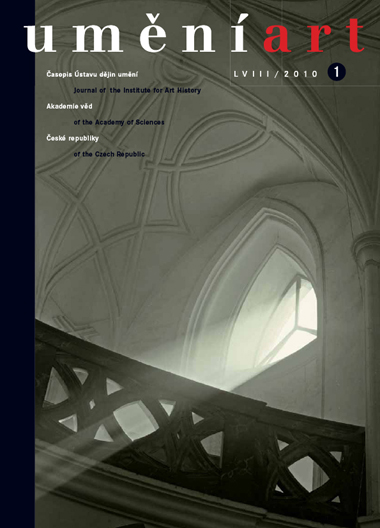Štěpán Vácha
Šlechtické kaple v kostele Panny Marie ve Staré Boleslavi. Oltářní výzdoba a fundace v 17. století
The pilgrimage Church of the Virgin Mary in Stará Boleslav (Alt Bunzlau), built in 1613-1623 under the auspices of the Imperial family, is one of the most important sacred early Baroque monuments in Bohemia. In due proportion to the religious significance accorded to the site as a place of veneration of a medieval sacred relief of the Virgin Mary, high demands were placed on the quality of the artistic decoration in the new church building, which was done in two stages. The Emperor Ferdinand II donated the high altar, while high-ranking members of the Czech nobility paid for the altars located in the side chapels. The interior was destroyed in 1639-1640 when the Swedish army pillaged Stará Boleslav. The chapel's surviving stucco and perhaps portions of the fresco decorations were evidently done by artists who had previously worked for Albrecht von Wallenstein. In the 1660s and the 1670s the side chapels were thoroughly redone. The study follows the continuity and discontinuity of donations from the nobility in Stará Boleslav over three generations, reveals the motivations of individual donors, presents to readers the very valuable and thus far little researched stock of paintings, and identifies for the first time the artists behind certain works. The study includes a series of selected written documents that illustrate the construction of the altars in both the first and second stages of fitting out the interior of the church in Stará Boleslav.
Full-text in the Digital Library of the Czech Academy of Sciences:
https://kramerius.lib.cas.cz/uuid/uuid:072b60d6-24ba-31ad-cddf-6b3634150519
< back

